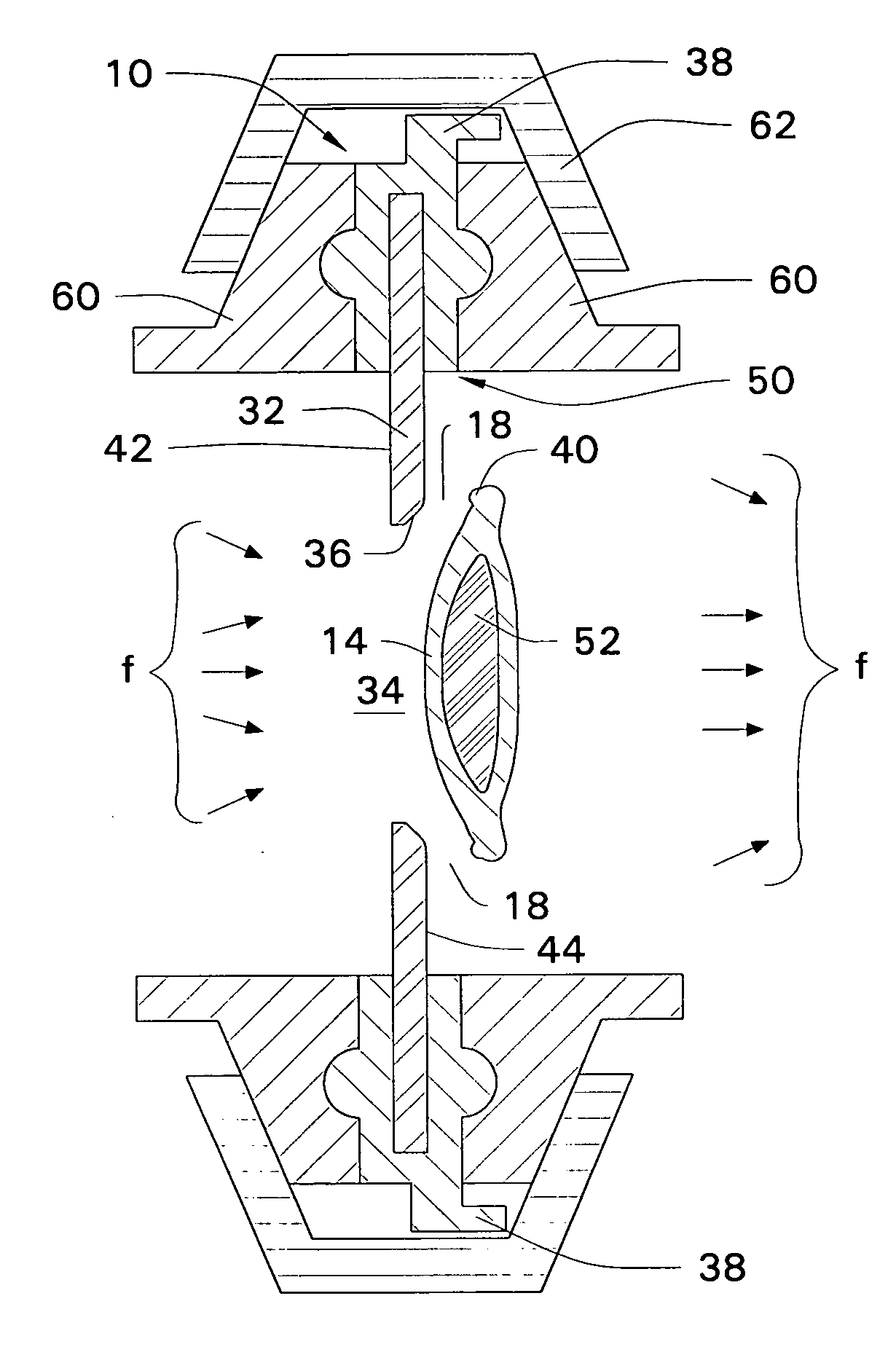Sanitary check valve
a check valve and sanitary technology, applied in the field of valves, can solve the problems of large waste of production time and money, system may not be sterile, puddle may not attain a sufficient time-temperature profile, etc., and achieve the effect of greater rigidity
- Summary
- Abstract
- Description
- Claims
- Application Information
AI Technical Summary
Benefits of technology
Problems solved by technology
Method used
Image
Examples
Embodiment Construction
[0055] The following detailed description is of the best presently contemplated mode of carrying out the invention. The description is not intended in a limiting sense, and is made solely for the purpose of illustrating the general principles of the invention. The various features and advantages of the present invention may be more readily understood with reference to the following detailed description taken in conjunction with the accompanying drawings.
[0056] Referring now to the drawings in detail, where like numerals refer to like parts or elements, there are illustrated seven different embodiments of the sanitary check valve device 10 of the present invention. The most basic embodiment, having a circular concentric valve plug 14 supported by four flexible retaining arms 12 and a fully drainable geometry when mounted in vertical piping, is shown in FIGS. 1 through 3. An alternate embodiment having the same valve plug 14 but having only three retaining arms 12 is shown in FIG. 4....
PUM
 Login to View More
Login to View More Abstract
Description
Claims
Application Information
 Login to View More
Login to View More - R&D
- Intellectual Property
- Life Sciences
- Materials
- Tech Scout
- Unparalleled Data Quality
- Higher Quality Content
- 60% Fewer Hallucinations
Browse by: Latest US Patents, China's latest patents, Technical Efficacy Thesaurus, Application Domain, Technology Topic, Popular Technical Reports.
© 2025 PatSnap. All rights reserved.Legal|Privacy policy|Modern Slavery Act Transparency Statement|Sitemap|About US| Contact US: help@patsnap.com



